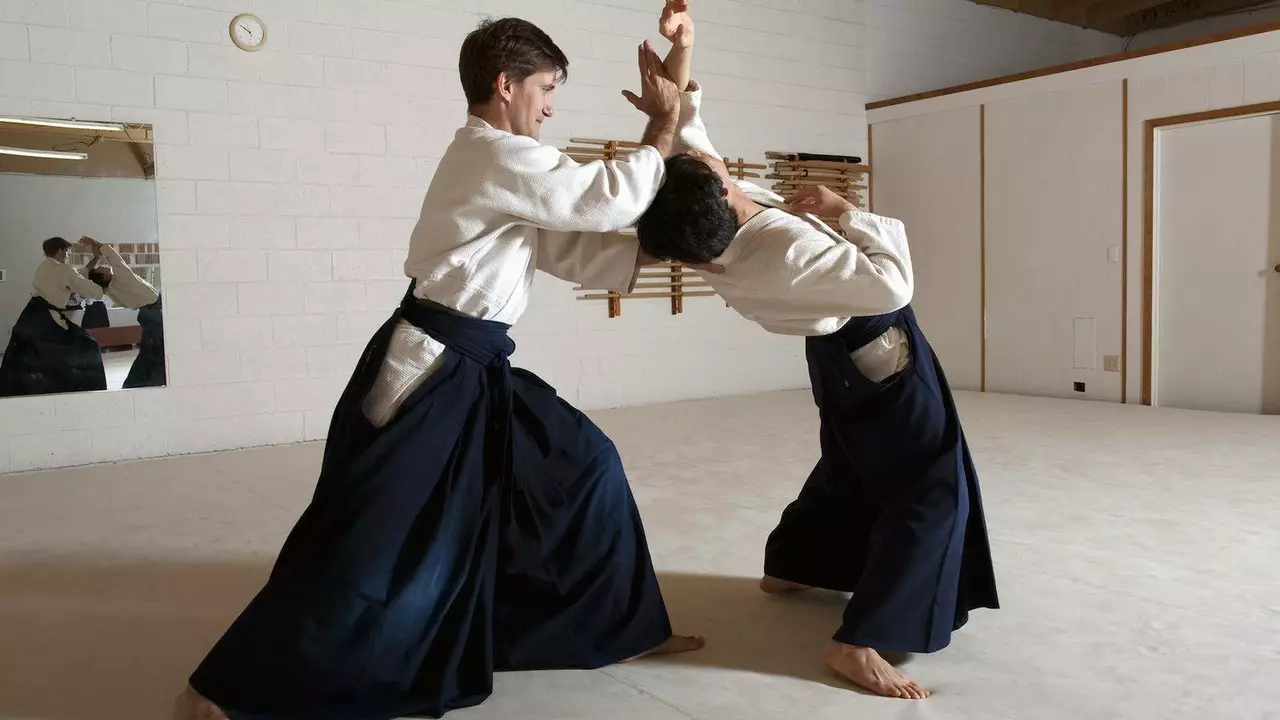Aikido Classes – Your Guide to Training at Lancaster Aikido Club
When you step into Aikido classes, structured sessions that teach the Japanese art of blending with an opponent’s force. Also known as martial arts classes, they give beginners and seasoned practitioners a safe space to practice.
At the heart of every lesson is Aikido, a discipline focused on harmony, joint locks, and throws. The art isn’t just about self‑defence; it’s a way to improve balance, posture, and mind‑body awareness. Aikido classes therefore require a mix of physical skill and mental calm, which is why each session starts with breathing drills before moving into technique work.
Key Elements You’ll Practice
One of the most distinctive tools in our training is the Jo staff, a four‑foot wooden stick used to teach distance, timing, and fluid movement. Working with the Jo helps you feel the same principles you use in empty‑hand techniques, making the transition between weapon and body work seamless. The staff drills also reinforce the core Aikido principle that energy can be redirected rather than opposed.
Another core focus is joint locks, techniques that control an opponent by manipulating elbows, wrists, or shoulders. Joint locks teach you how to neutralize aggression without causing injury, which aligns with Aikido’s non‑violent philosophy. In class you’ll learn a handful of basic locks that can be adapted to many situations, giving you a versatile self‑defence toolkit.
Throws round out the curriculum. By learning to off‑balance a partner and guide them safely to the ground, you develop a deeper sense of timing and body mechanics. Throws also illustrate the Aikido concept of “kokyū” – the flow of breath and energy – because a well‑executed throw feels like a single, continuous motion.
The relationship between these elements creates a feedback loop: Jo work sharpens your sense of distance, which improves your joint‑lock entries; mastering joint locks makes your throws smoother, and throwing practice reinforces the timing needed for effective staff work. This inter‑dependency is why our classes are designed as a progressive series rather than isolated lessons.
Our schedule offers beginner, intermediate, and advanced groups, so you can join a class that matches your skill level. Newcomers start with basic footwork, simple Jo drills, and a handful of joint‑lock fundamentals. As you progress, you’ll explore more complex throws, flowing kata, and partner‑based exercises that challenge both body and mind. No matter where you start, each class builds on the previous one, ensuring steady growth.
Beyond the physical techniques, the community aspect plays a big role. Training alongside supportive partners means you get instant feedback, encouragement, and a chance to apply what you’ve learned in a safe environment. This collective energy often mirrors the Aikido principle of “wa” – harmony – which is why many students stay with us for years.
Ready to see how these pieces fit together? Below you’ll find a curated list of posts covering everything from class schedules and technique breakdowns to real‑world applications of Jo staff work and joint‑lock theory. Dive in to discover which class suits your goals, pick up tips you can practice at home, and get a taste of the Aikido journey waiting for you at Lancaster Aikido Club.
